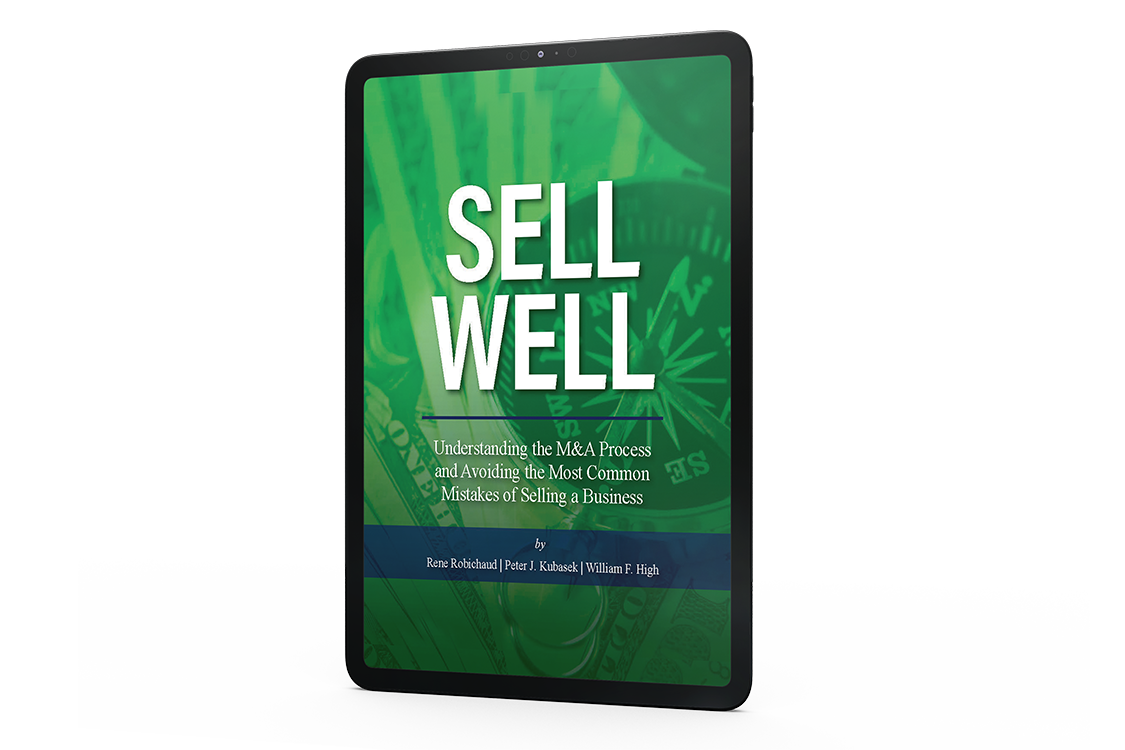ArkMalibu Industry Snapshots, Third Quarter 2020
We invite you to read our M&A analysis and access the Market Monitor links below where you may download detailed reports containing M&A trends and data from 17 industries. Please feel free to contact us at 513-583-5413 to discuss how the information presented in each report relates to your business and its own unique set of value drivers.
U.S. & Canada M&A Overview
Disclosed M&A volume year to date continues to lag compared to the first three quarters of 2019. However, Q3 appeared to be a bright spot as green shoots began to emerge with transaction value and count rising 370% and 36%, respectively, compared to the second quarter. In addition, year over year transaction value in Q3 rose 2.5%, and positive growth has been shown in the volume of transactions every month since April. Median deal pricing year-to-date in 2020 fell to 11.0x EBITDA, down from 12.4x during the same period in 2019, but up from 10.0x during the first half of 2020.
From an industry standpoint, certain sectors benefited more than others, but all major US sectors saw an increase in transaction counts and volume in the past 3 months, with the exception of Consumer Staples. The top three sectors in terms of aggregate transaction value (Health Care, Information Technology, and Communication Services) experienced positive year over year growth in the third quarter of 139%, 64%, and 28%. The heightened focus on health/technology and its role in our daily lives has substantially increased interest as buyers look to benefit from new technologies and growth opportunities.
One interesting development we are following in the M&A market is the method of transaction. Special Purpose Acquisition Vehicle (SPAC) transactions have seen a resurgence in growth as sellers/investors have come to appreciate the advantages. Target companies benefit from quicker and cheaper transaction processes while investors benefit from greater input and access (more relevant for smaller investors). To put the demand surge in context, $32 billion was raised by 80 different SPACs during the third quarter of 2020, which is four times the $8 billion raised in the second quarter. Along with private equity and family offices, SPACs are emerging as a new financial buyer alternative with 183 active SPACs looking to deploy more than $57 billion in cash as of the end of the quarter. This small but fast growing segment, combined with the vast $1.5 trillion in global private equity dry powder and $2.5 trillion of cash reserves held by US public companies as of June 2020, demonstrates the potential energy of the M&A market waiting to be unleashed.
U.S. Equity Market Overview
After a record drop in stock prices in March, all major US equity indices continued their upward trajectory. The Nasdaq Composite, S&P 500, and Dow Jones Industrial Average (DJIA) ended up 11.0%, 8.5% and 7.6% for the third quarter vs the previous quarter, respectively. These indices have rallied tremendously since their March 23rd lows, returning on average 54.2%, and the Nasdaq Composite was the only index to close the quarter at all-time highs (+13.8% from previous February 19th, 2020 high). Technology oriented stocks have been some of the biggest winners as people/businesses have been forced to adapt amidst this health crisis. For example, Zoom and Peloton have seen accelerated demand during the work/workout from home trend with investors bidding up their stocks +84% and +64%, respectively, during the third quarter. Larger companies (SPY: +9.0%) continued their dominance over small caps (IJR: +3.3%) with the largest 5 companies (Facebook, Apple, Amazon, Netflix, and Google) now accounting for 25% of the S&P 500’s market cap and 38% of the Nasdaq Composite.
COVID-19: The Winding Path to Economic Recovery
Following one of the fastest declines and recoveries in history, the third quarter was marked by conflicting signals in economic data, M&A markets, and equity returns. New jobless claims fell to 767,000 for the week ending October 3rd, the lowest number since the week of March 14th. On the other hand, consumer expenditures (+2.5% Jul-Aug) have continued to grow albeit at a more moderate pace. In addition, housing data has been strong, with home sales rising to a new 14-year high in September and marking a 20.9% increase from just a year earlier. The composite Purchasing Managers Index for the U.S. also rose to 55.5 in October, the highest level in 20 months.
Unemployment remains elevated but had dropped to 8.4% in August from July’s 10.2% reading, and the Federal Reserve is expecting unemployment to drop to 7.6% by the end of the year. Trillions of dollars of economic stimuli have been provided to date and the Federal Reserve signaled in September its intent to leave interest rates near zero through at least 2023 in order to aid the recovery. Despite being down 31% on an annualized basis in Q2, productivity and labor force growth are expected to drive a 30% gain in GDP in the third quarter, according to the Atlanta Fed’s GDP forecast.
Although it feels like forever ago, the end of third quarter marks roughly 6 months since the height of the global pandemic. During the first 3 months (Q2 2020) the world was in survival mode as small business bankruptcies rose sharply, record economic stimulus was unleashed, and states dealt with shutting down and reopening their economies. As individuals, businesses, and societies adapted and reinvented themselves, the second 3 months (Q3 2020) have shifted to a growth mindset.
ArkMalibu Approach
Our team at ArkMalibu is proud of our conflict-free business model, M&A expertise and value-added processes, which continue to deliver results that far exceed the expectations of our clients, the one-time sellers. We would be delighted to listen and then help you navigate the M&A market in achieving your goals.


